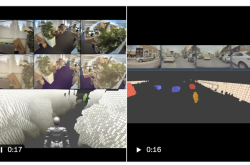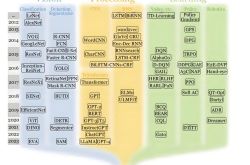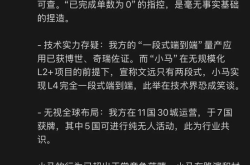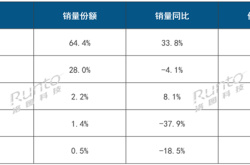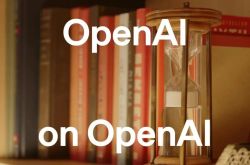Tencent Yuanbao Soars with Deepseek, Vendors Rush to Secure Ecological Dividends
![]() 02/27 2025
02/27 2025
![]() 670
670
At the close of this month, Tencent Yuanbao quietly ascended to the top of the large model download list, surpassing Doubao.
As a Tencent-made consumer-facing large model product, Yuanbao has historically garnered far less recognition than ByteDance's Doubao and Baidu's Wenxin Yiyan. However, the usually understated Tencent Yuanbao suddenly seems to have made its mark.
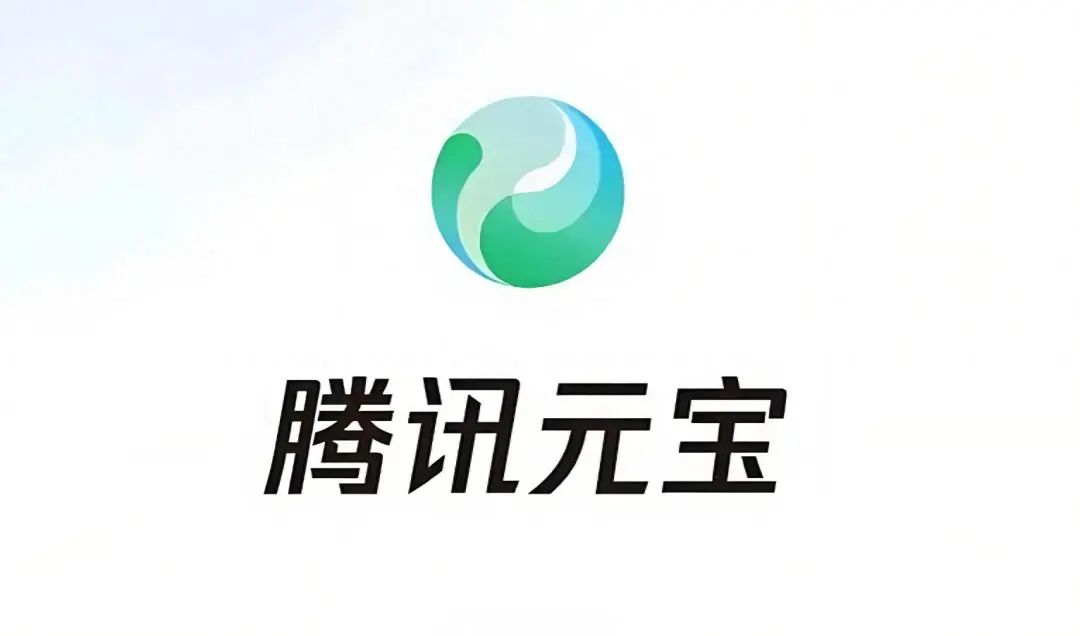
01
Confronting the "Deepseek Wave"
Tencent Decides to Fully Embrace It
Following Deepseek's meteoric rise in popularity after the new year, many people marveled at its profound thinking abilities while also criticizing its occasional erratic behavior. One netizen aptly commented: "Becoming the leader of AIs means facing some of the same personnel dilemmas as real leaders: a smart but unproductive Deepseek, a stupid but diligent Doubao, a mediocre but emotionally unsatisfying Kimi, and a ChatGPT that I can't afford to hire after studying abroad."
This imbalance in supply and demand has created a niche for "computing power middlemen"—Tencent Yuanbao has compressed the average response time of the R1 model to 3.2 seconds and maintained an error rate within 4% through Tencent Cloud's elastic computing pool.
Tencent Yuanbao's intensive promotion has been rolled out across mainstream platforms such as WeChat, Bilibili, and Zhihu, and it has occupied the prime advertising spot for the keyword "deepseek" in Baidu search. This strategy not only reaches young users on social platforms but also precisely targets audiences through search engine keyword interception.
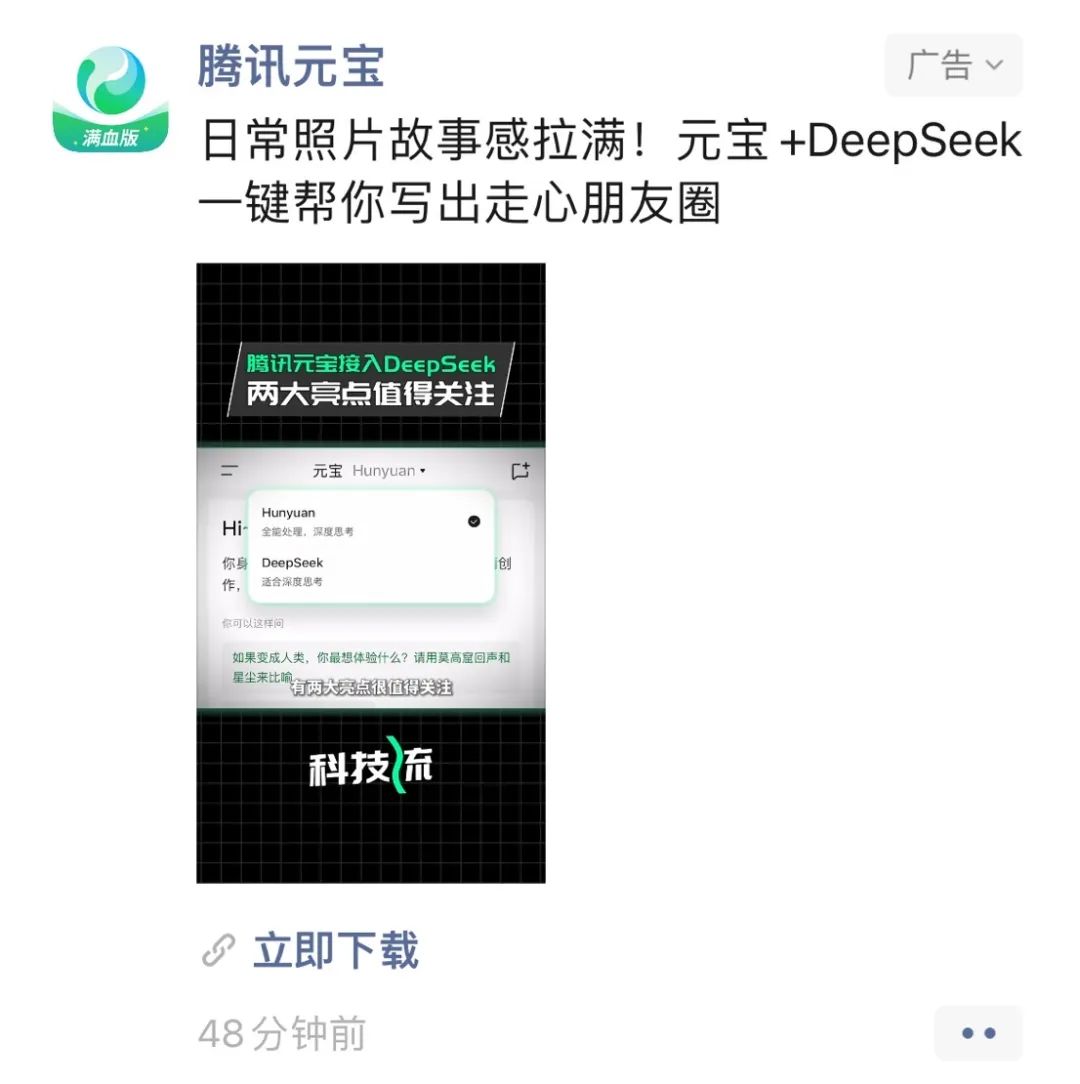
In a short span, the number of Yuanbao downloads surged, ranking second on the China region's free APP download list, second only to DeepSeek.
Faced with the "Deepseek Wave", Tencent chose to fully embrace it. Not only did it integrate Deepseek into Yuanbao, but multiple Tencent products have also accessed Deepseek to create AI functions:
WeChat's AI search bar directly accesses DeepSeek, QQ Browser's search results prioritize DeepSeek summaries, and Tencent Docs' smart tables automatically generate DeepSeek analysis reports.
Tencent insiders revealed that the Yuanbao team, originally belonging to TEG (Technology and Engineering Group), has collectively transferred to CSIG (Cloud and Smart Industries Group) along with products such as QQ Browser and Sogou Input Method.
02
Deepseek
Drives Vendors to Redirect Efforts and Focus
DeepSeek's open-source strategy allows small and medium-sized vendors to acquire top-notch AI capabilities without the need to build their own computing power centers. For large model vendors, technology is no longer the core of competition; instead, computing power scheduling efficiency and ecological integration capabilities have become the keys to success.
When DeepSeek servers frequently display "busy" prompts, it reflects an imbalance in available computing power and operating strategies. Tencent Yuanbao's breakthrough lies in its foresight; whether it can convert computing power advantages into user value "conversion efficiency" will determine the ultimate ownership of the dividends.
While Baidu hesitated about whether to fully open source and ByteDance struggled with traffic allocation, Tencent won a significant battle with its "All in DeepSeek" strategy, leveraging the dividends of Deepseek's busy servers to overshadow Doubao's popularity.
Players who can swiftly integrate computing power resources, activate scenario data, and build developer alliances are reaping the largest dividends in the era of "server busy".
We are now witnessing vendors no longer blindly pursuing parameter scale, instead focusing on improving computing power scheduling efficiency—for example, Wenxiaobai utilizes "full-link asynchronous pipeline acceleration" technology to achieve multi-module parallel processing, reducing response time by 50% compared to the official version, and DingTalk's AI assistant employs "speculative sampling technology" to pre-disassemble user needs, increasing the generation speed of the DeepSeek-R1 full-blood version by 2.3 times.
03
The Future Path for Vendors Harvesting Ecological Dividends
By accessing DeepSeek, Tencent Yuanbao has achieved explosive growth in user volume and market presence. The intriguing question is how vendors currently reaping ecological dividends will proceed next.
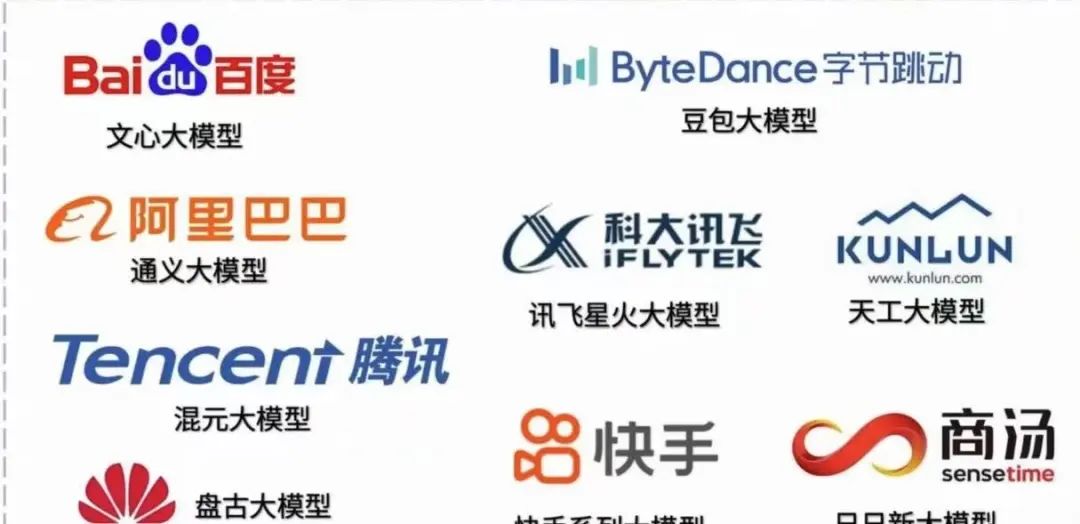
Currently, Tencent Yuanbao has become the first AI assistant in China to support dual models (Hunyuan and DeepSeek). It is evident that for vendors, building a multi-model collaboration architecture has become the future trend. For instance, Yuanbao combines the deep reasoning capabilities of DeepSeek-R1 with the multi-modal advantages of the Hunyuan large model to achieve full-link coverage of complex tasks. On the other hand, Baidu optimizes computing power scheduling efficiency and reduces reasoning costs through the "Kunlun chip + DeepSeek" double helix architecture.
Secondly, it is crucial to transition from traffic entry points to scenario closed loops. For example, Tencent uses WeChat as a hub to embed Yuanbao's capabilities into group chat assistants, official account backends, and offline devices (such as hospital queuing machines), achieving a closed loop of "entry-function-dissemination." User-generated content can be directly shared to Moments, driving viral dissemination and reducing customer acquisition costs to the industry average. Another example is Huawei's HarmonyOS NEXT system, which uses a unified underlying architecture to connect terminals such as mobile phones, cars, and smart homes, enabling seamless cross-device interaction. For instance, the in-car system calls on DeepSeek-R1 to make road condition decisions within 0.3 seconds and interacts with home IoT devices...
Vendors who choose to "all in deepseek" believe that in the era of technological equality, the largest dividends do not belong to the smartest models but to the operators who understand ecological integration the best. Fewer and fewer vendors are clinging to technological islands or adopting wavering strategies, and they are increasingly embracing Deepseek.
Ultimately, the final battle of large models may evolve into a collaboration between "infrastructure operators" and "scenario integrators".

